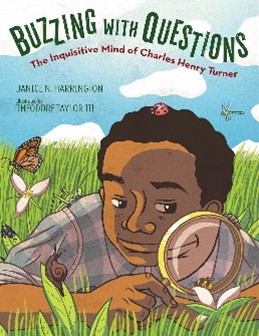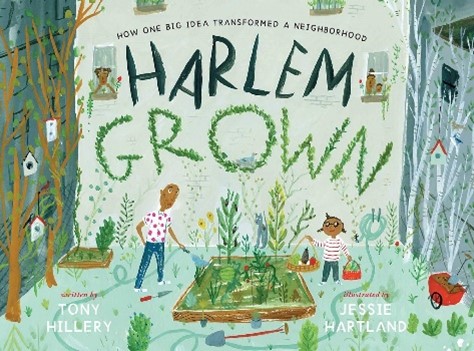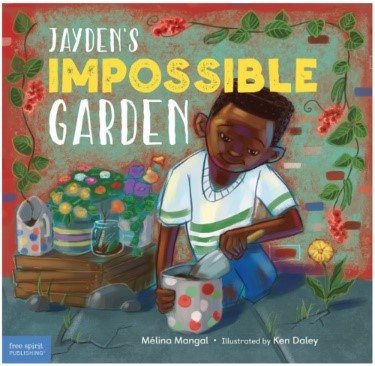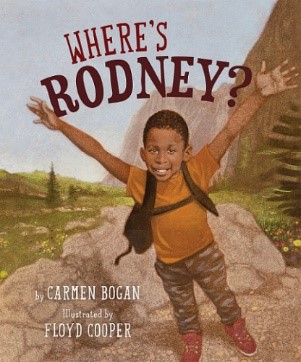This Black History Month, we celebrate the individuals who are inspiring all of us to connect with the environment, whether through their work or through their beautiful words and illustrations about nature.
Here are just a few stories to share with your students and inspire them to take their very own green journey.
Early Childhood and Elementary
Buzzing with Questions: The Inquisitive Mind of Charles Henry Turner | Written by Janice N. Harrington, Illustrated by Theodore Taylor IIIBig and small, bugs are all around us, and they’re pretty cool! Learn about the life of Charles Henry Turner, the first Black entomologist – a scientist who studies bugs. He was fascinated by plants, animals, and bugs, wanting to understand their world and why they do what they do. |
|
Harlem Grown: How One Big Idea Transformed a Neighborhood | Written by Tony Hillery, Illustrated by Jessie HartlandThis inspiring true story shows how one person’s creativity, compassion, and love of his community turned into something incredibly beautiful. “Tony Hillery invited students from an underfunded school to turn a vacant lot into a beautiful and functional farm.” (Source: Kizzys Books and More) Thanks to Hillery’s innovative idea, the children and their families now have healthy food to enjoy, benefitting from the fruits and vegetables grown in this neighborhood garden. |
|
Jayden’s Impossible Garden | Written by Melina Mangal, Illustrated by Ken DaleyIn this book, young Jayden sees nature everywhere in his city. From dandelions growing out of the sidewalk to hearing birds chirping to each other, his awareness allows him to find beauty where others may not. Jayden works hard to grow a garden in his community, making nature even more accessible for the people around him. |
|
Where’s Rodney? | Written by Carmen Bogan, Illustrated by Floyd CooperAt school, Rodney is always more interested in what is happening outside the window than what is going on inside the classroom. In this story about a little boy who isn’t so sure about the class field trip, we see the awe and inspiration from experiencing nature for the first time. |
|
Young and Mature Adults
Black Faces in Green Spaces: The Journeys of Black Professionals in Green Careers | Written by SFI-PLT-MANRRSFrom the history of Black Americans in forestry, including several hidden figures, to the inspiring paths that 22 Black professionals have taken in their careers, this guide shares insights and advice from individuals leading the way in the forest and conservation sector. Learn about various green jobs including what it takes to land your dream career. Available at plt.org/journeys. |
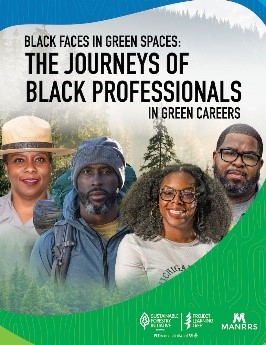 |
Black Nature: Four Centuries of African American Nature Poetry | Camille T. DungyThe first anthology showcasing nature poetry written by Black American poets, Black Nature Editor Camille T. Dungy has curated a collection of 180 poems by 93 Black poets that provide unique perspectives on American history and literature while expanding the definition of nature poetry. The anthology features prominent writers like Phillis Wheatley, Rita Dove, and Gwendolyn Brooks, alongside new voices like Douglas Kearney and Janice Harrington. Though nature imagery features heavily in African American poetry, it has rarely been classified as “nature writing.” By centering Black nature poetry, the collection sheds new light on both Black American poets and nature poetry. |
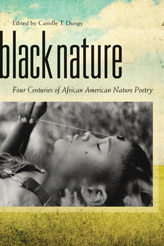 |
All We Can Save |Ayana Elizabeth Johnson and Katharine K. WilkinsonIlluminating the vital perspectives of dozens of diverse women at the forefront of climate leadership in the United States, this book intermixes their insights with collections of poetry and art. Editors Ayana Elizabeth Johnson and Katharine Wilkinson have curated a collection of essays, expertise, and ideas from scientists, teachers, farmers, and innovators across generations and geographies. Centering women’s voices provides a nuanced and compassionate approach to the climate crisis and ecological anxiety. All We Can Save offers solutions and hope, guiding us away from calamity and toward a livable and equitable future.
|
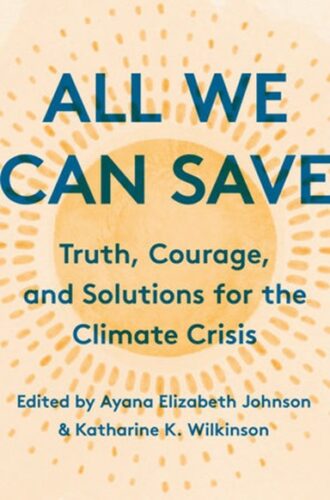 |
Black Earth Wisdom: Soulful Conversations with Black Environmentalists | Leah PennimanIn this thought-provoking anthology of conversations, the author brings together respected Black environmentalist voices to remind us of the deep cultural connection between nature and survival in the Black community. Black Earth Wisdom underscores Black Americans’ sacred relationship with the Earth through the voices of Alice Walker, Queen Quet, Savi Horne, and others, who share the wisdom they’ve cultivated by listening to the land and water. |
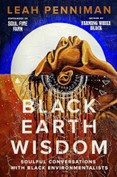 |
The Adventure Gap: Changing the Face of the Outdoors | James MillsServing as both an engaging adventure tale and a call to action for minorities to look to the outdoors for enriching experiences, this book bridges the “adventure gap” in diversifying and conserving America’s outdoor recreation spaces. The Adventure Gap shares inspirational stories while examining reasons behind outdoor access inequality, providing a roadmap for inclusion. Discussing the first all-Black climbing team to summit Denali as a launchpad, the author shares stories of diverse adventurers who have achieved significant outdoor accomplishments, from Matthew Henson’s North Pole expedition to teenage climbing champion Kai Lightner. |
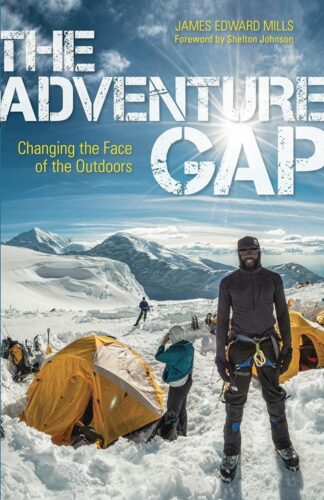 |
The Home Place: Memoirs of a Colored Man’s Love Affair with Nature | J. Drew LanhamIn Lanham’s memoir, the author traces his family’s generations-long connection to the landscapes of Edgefield County, South Carolina, an area rich in natural wonder yet scarred by the legacy of slavery. As a young Black man in the 1970s, Lanham’s passion for birds and forests begins to take flight, even as he grapples with what it means to deeply love the land while feeling like an outsider in the rural South. Moving fluidly through time, Lanham’s reflections reveal a region of contradictions — one of both racism and belonging — as he explores the complexities of Black identity and his attachment to the natural world. |
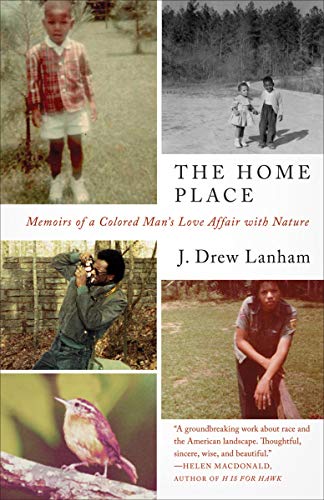 |


